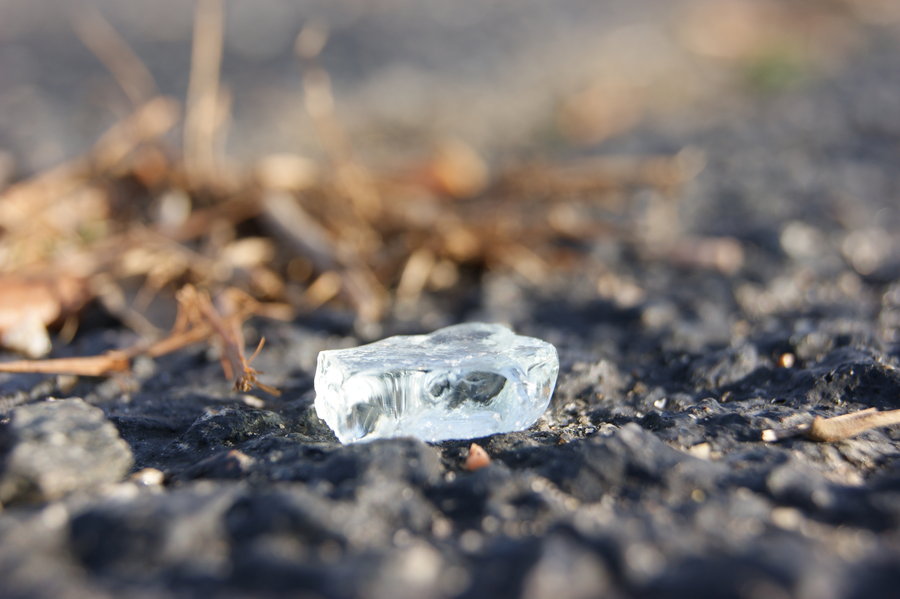
So….here we are… 2016…. and how’s it going?
To be perfectly honest this year has already started to kick my butt all over the place, some good …. some badish, but mainly just so much change, and even more prospect of change, but don’t get me wrong, [tweetthis]I love change just as much as the next butterfly, but man it’s exhausting!!![/tweetthis]
But here, here is something that hasn’t change…. My knowledge about African Mining!! lol! Yip and this is what I am blessed to be blogging about today! Buckle up friends, its going to be a “blast”… get it? Blast? Mining? ye…..
African Mining
Anyhoo, here is the “411” on Mining in general right now…. we may get to Africa later… hopefully!
Well as I write this, the biggest mining gathering in the world has just taken place, More than 6,000 delegates from 100 nations gathered at the Mining Indaba in Cape Town , from the 8th – 11th Feb 2016.

Why? Well, with commodity prices plummeting as they are, the struggle to retain or obtain foreign investment is a real one #TheStruggleIsReal
Let me start by saying….The feeling is not good thus far.
[tweetthis]In South Africa alone 47,000 jobs were lost between 2012 and 2015.[/tweetthis]
Half of the coal mines and iron ore mines and 80% of the Platinum industry is losing money – not exactly a good investment for anyone I’m afraid.
I found this very interesting and really just horrifying! …..South Africa is ranked number 11th in Africa as one of the “most attractive investment countries”????? What? am I the only one who feels like we should be number 1!?!
One of the Presentations of the Indaba came as a “bail out plan”, and was presented by  Nikolai Zelenski, Chief Executive Officer of Nordgold, he claims Nordgold has a Proven Strategy in a Lower Price Environment.
Nikolai Zelenski, Chief Executive Officer of Nordgold, he claims Nordgold has a Proven Strategy in a Lower Price Environment.

So Who is Nordgold?
“Nordgold (LSE: NORD) is an internationally diversified low-cost gold producer established in 2007 and publicly traded on the London Stock Exchange. The Company has expanded rapidly through carefully targeted acquisitions and organic growth, achieving a rate of growth unmatched in the industry during that period. In 2015, Nordgold produced 950 thousand ounces of gold. The Company operates 9 mines and has 2 development projects, 4 advanced exploration projects and a diverse portfolio of early-stage exploration projects and licenses in Burkina Faso, Guinea, Russia, Kazakhstan, French Guiana and Canada. Nordgold employs more than 8,000 people.”
Now to be perfectly honest with you, I don’t have what it takes to break down and unpack a strategy of this magnitude to anyone, so I’m not even going to try, but I do know how to copy and paste, so go wild;)
www.nordgold.com/investors-and-media/presentations/
Mining in Africa… well here it is, I have searched high and low and here is the low down….
Commodities dropped sharply last year, and news from Matthew Davies of BBC Africa is that there will be no recovery this year, he reported that In Zambia, the country’s main export, copper, now sells for less than half than it did just three years ago, now my math is not great, but that sounds terrible!!!
And I’m right because some mining companies have even halted production all together and miners are losing their jobs at the rate of knots.
This has led to a plunge in the currency, and a rise in inflation which is expected to continue…….
And as fate would have it several other African countries are in the same boat, including big oil producers like Nigeria and Angola!
[tweetthis]I’m starting to think mining is at fault for everything bad in my life![/tweetthis]
Ridiculous Avo prices, cellulite and rising fuel prices!…. I know they are at fault for at least one of those.…
But I am an eternal optimist, romantic and impossible dreamer, so I believe the cellulite will pass…. lol! no really, I have hope that yes, maybe not this year, but in the future our Mining economy will rise once more, the fact that people are talking about it, must mean it’s important and is being made a priority so I will not need to fret another moment about this!
Relief, the pressure was really getting to me!
But apparently pressure in the mining industry is a good thing…. 
Well this has been real… thanks. If you find the time and want to get in touch with any of the mining projects we currently following at
Leads 2 Business, please feel free to contact myself, SherinaS@L2B.co.za or Support@L2b.co.za and we will be more than happy to oblige!
I look forward to hearing from you 😉
I am a strong believer in "What you put in , is what you will get out" and this drives me every day, whether it's at home with my gorgeous family or at work where I get to fuel my competitive spirit.
I love who I am and who I'm becoming.
I love where I am , but more importantly where I'm going....
#EternalOptimist #Aspire2Inspire





 Nikolai Zelenski, Chief Executive Officer of Nordgold, he claims Nordgold has a Proven Strategy in a Lower Price Environment.
Nikolai Zelenski, Chief Executive Officer of Nordgold, he claims Nordgold has a Proven Strategy in a Lower Price Environment.

